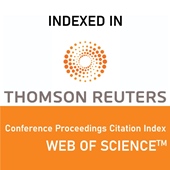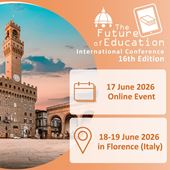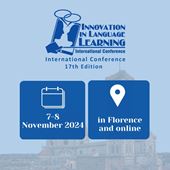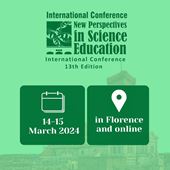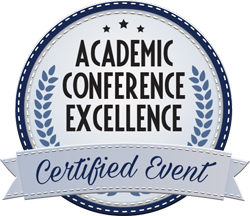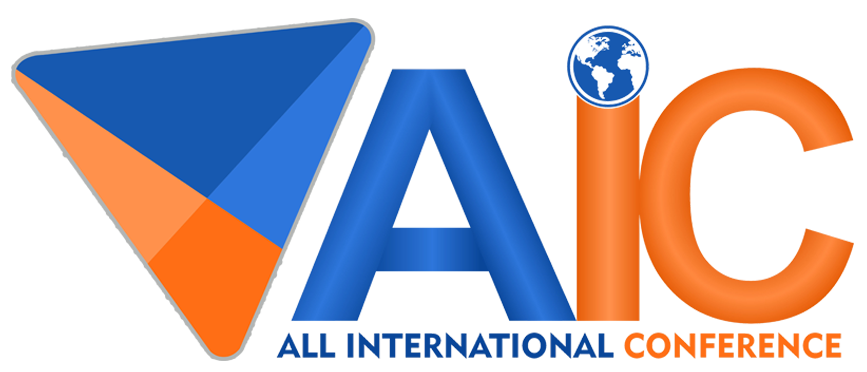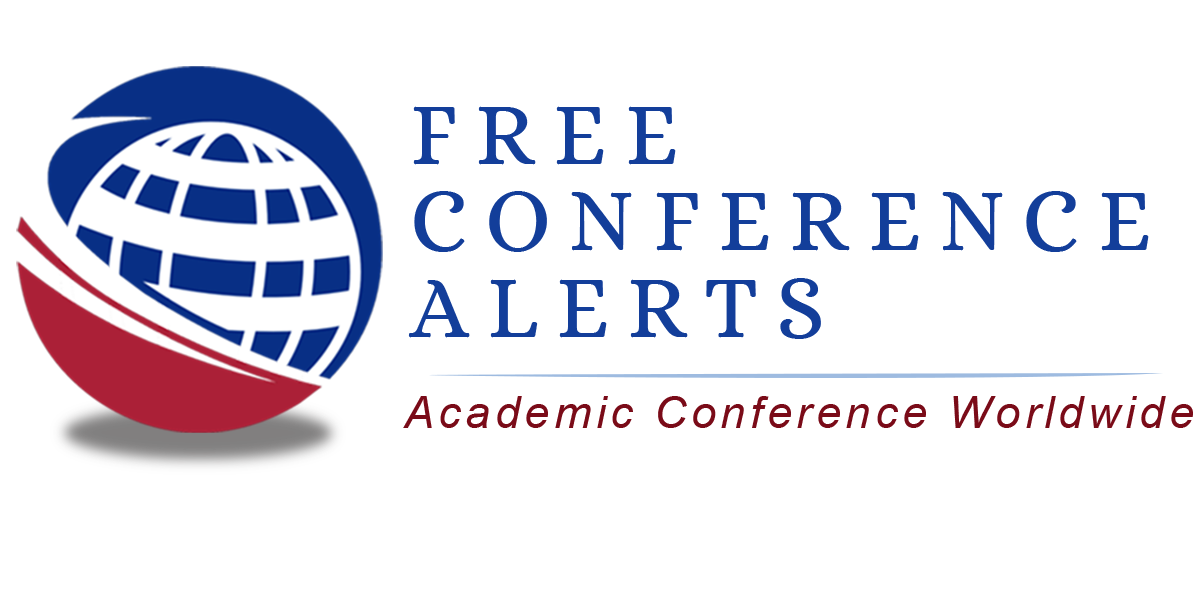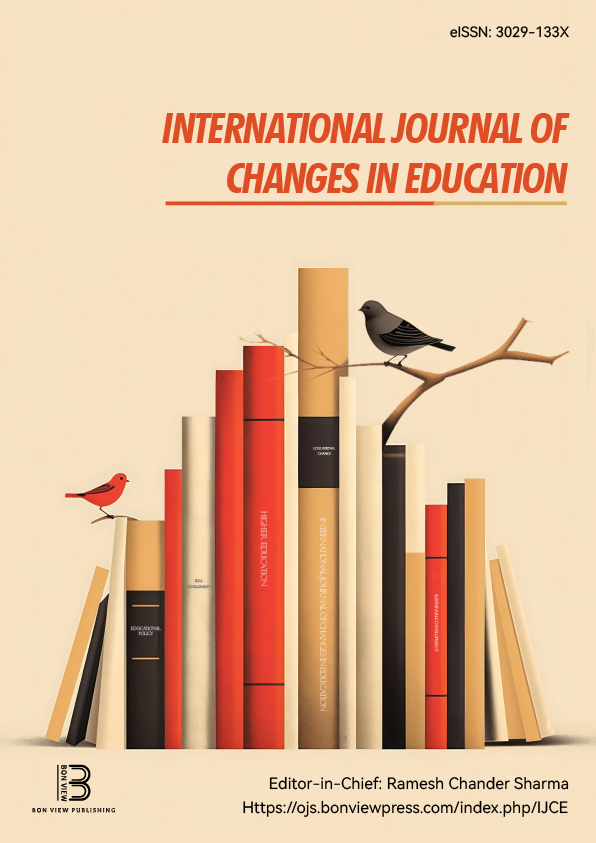An Interdisciplinary Framework for Conservation Education: Bridging Science, Participatory Design and Management
Miguel Navarro-Sanint, Associate Professor Universidad de los Andes Colombia (Colombia)
Andrea León-Parra, Professor Universidad de los Andes (Colombia)
Carlos Daniel Cadena, Professor Universidad de los Andes (Colombia)
Abstract
This paper explores Parques Nacionales: Pasado, Presente y Futuro, an interdisciplinary course at Universidad de los Andes, as a pioneering model for conservation education in Colombia. Rooted in the methodology of participatory design, the course challenges conventional conservation paradigms by integrating biological sciences, design, and management with community-driven innovation. Students engage in immersive fieldwork, collaborative mapping, and iterative prototyping, working alongside local communities to address the socio-ecological dilemmas facing Colombia’s National Protected Areas System. Drawing inspiration from the Parques Cómo Vamos initiative—led by Sandra Vilardy and Andrea León—the course leverages robust, data-driven monitoring and policy advocacy to ground its interventions in real-world challenges, such as deforestation, underfunding, and governance conflicts.
The curriculum unfolds through seven iterative stages: contextual immersion, systems modeling, dilemma negotiation, future scenario co-creation, prototyping, funding strategizing, and multimodal storytelling. This approach foregrounds the plurality of knowledge systems, elevating campesino sketches and oral histories alongside quantitative data, and actively dismantles hierarchies between “expert” and “local” knowledge. Comparative analysis with global conservation programs highlights the course’s unique contribution to participatory, equity-centered pedagogy.
Student reflections and project outcomes, such as the Cercados entre Cerros initiative, demonstrate the transformative impact of this model in fostering trust, adaptability, and decolonization praxis. The paper argues that as climate crises intensify, such pluriversal cartography offers a vital blueprint for training conservationists capable of navigating complexity without sacrificing social justice. Ultimately, Parques Nacionales: Pasado, Presente y Futuro positions conservation education as an act of solidarity and co-creation, where maps become living dialogues and protected areas are reimagined as spaces of relational stewardship and innovation.
- Areiza & Matallana (2016). Analyzing other effective measures for biodiversity conservation: the case of the complementary strategies in Colombia. IUCN.
- Barab et al. (2004). Critical design ethnography: Designing for change. Anthropology & Education Quarterly, 35(2), 254-268.
- Beckman & Barry (2007). Innovation as a learning process: Embedding design thinking. California Management Review, 50(1), 25-56.
- Brandt & Messeter (2004). Facilitating collaboration through design games. Participatory Design Conference, 121-131.
- Buur & Matthews (2008). Participatory innovation. Int. J. of Innovation Management, 12(03), 255-273.
- Navarro-Sanint (2013). Social cartography for social innovation: a design approach. Blucher Design Proceedings, 1(7), 103-107.
- Ostrom (2009). A General Framework for Analyzing Sustainability of Social-Ecological Systems. Science.
- Den Ouden (2012). Innovation Design: Creating Value for People, Organizations and Society. Springer.
- Jones (2014). Systemic design principles for complex social systems. In Social systems and design. Springer, 91-128.
- Leal (2022). Breve historia de los parques nacionales de Colombia.
 The Future of Education
The Future of Education
